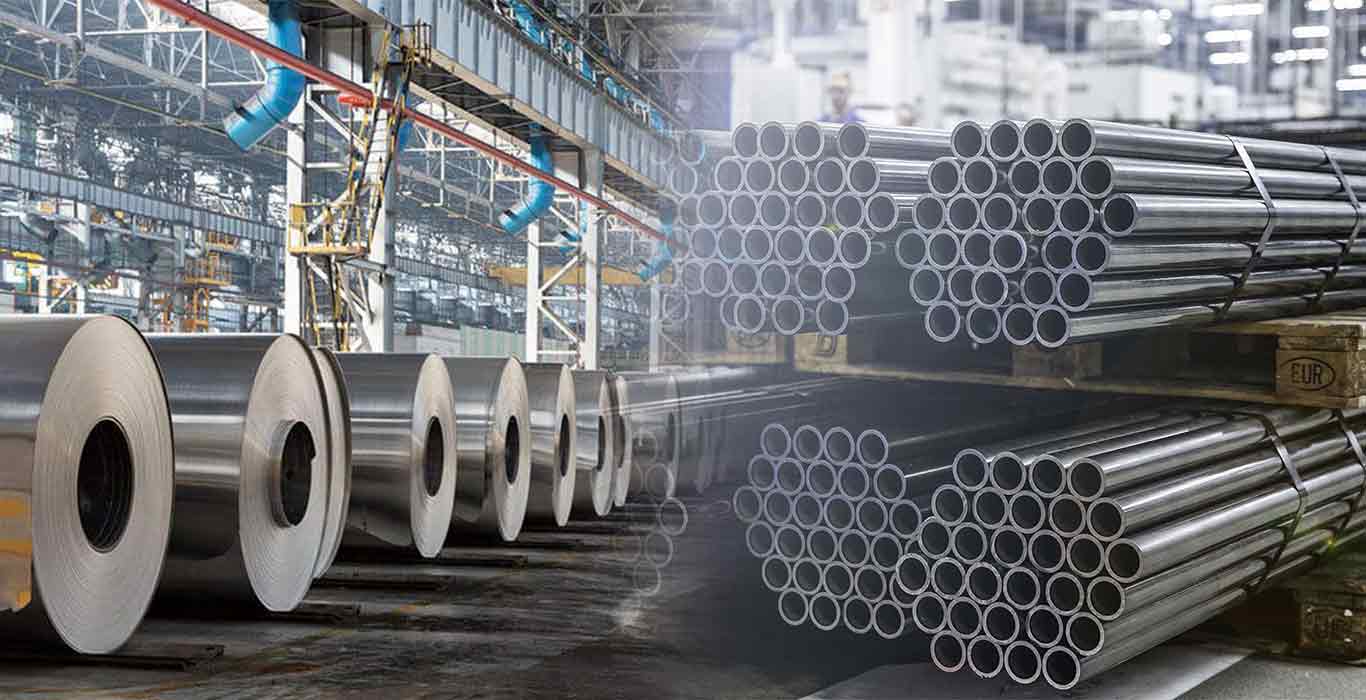EU's Drive for Steel Decarbonization Challenges Iron Ore Pellet Supply
- 29-Dec-2023 6:54 PM
- Journalist: Peter Schmidt
The surge in new steel projects across Europe, aiming to add over 20 million metric tons of direct-reduced iron (DRI) capacity using natural gas and hydrogen by 2030, has the potential to strain available iron ore pellet supplies. This situation may drive further innovations while potentially causing delays in the broader adoption of lower-emission steel production. Prominent companies like ArcelorMittal, Salzgitter, Voestalpine, and others are spearheading the development of new DRI and electric arc furnaces in various European countries, including Germany, Sweden, and Spain. However, the success of these projects hinges on the availability of low-impurity direct reduction-grade pellets, and the estimated 20 million metric tons per year of DRI demand necessitates around 30 million metric tons of pellets.
Despite numerous projects being in the pipeline, with some yet to secure final investment decisions and funding, expectations of further growth in DRI plants persist into the next decade. While the availability of pellets to meet the demand for new DRI projects may be tight, current market indicators suggest that the existing pellet supply can adequately meet demand through 2024. Notably, spot market pellet premiums were weak in 2023, with low premiums observed for higher silica and alumina blast furnace pellets imported to China from India and other sources.
U.S. Steel plans to supply DR-grade pellets from its Keetac taconite ore operation in Minnesota, while ArcelorMittal Mining Canada is shifting to produce DR pellets from its current mix, with the Canadian operation expected to fall short of meeting ArcelorMittal's DRI project needs. Other existing pellet suppliers may adjust output and production volumes through investments and licenses, and DRI operators in Algeria plan to expand iron ore processing and pelletizing.
The potential tightness in future DR pellet supply could be exacerbated by the ongoing war in Ukraine, influencing iron ore supplies from Ukraine and Russia, new investments in the region, and the development of new markets and trade flows preceding the commencement of new DRI plants in Europe from around late 2025.
Beyond Europe, existing DRI producers reliant on imported pellets may expand demand, consider new iron ore briquettes, and stimulate new iron and steel projects focusing on renewable power and carbon capture, utilization, and storage. Major DRI producers in Saudi Arabia, Egypt, the UAE, Algeria, Trinidad & Tobago, and Malaysia, along with new DRI projects in China and Russia, could drive iron ore producers to expand further. Investments using lower quality iron ore and the direct reduction of iron ore fines, among other technologies, may gain momentum after passing necessary tests. Countries like South Korea, China, and Japan are eyeing DRI and EAF investments, collaborating with miners BHP, Rio Tinto, and others to establish lower emissions metallics supply and better utilize scrap and existing blast furnace raw materials and processes.



